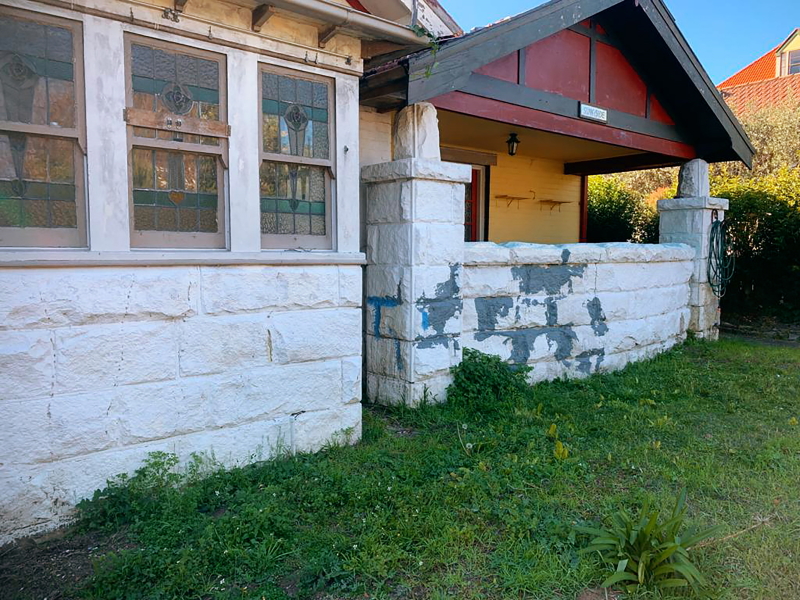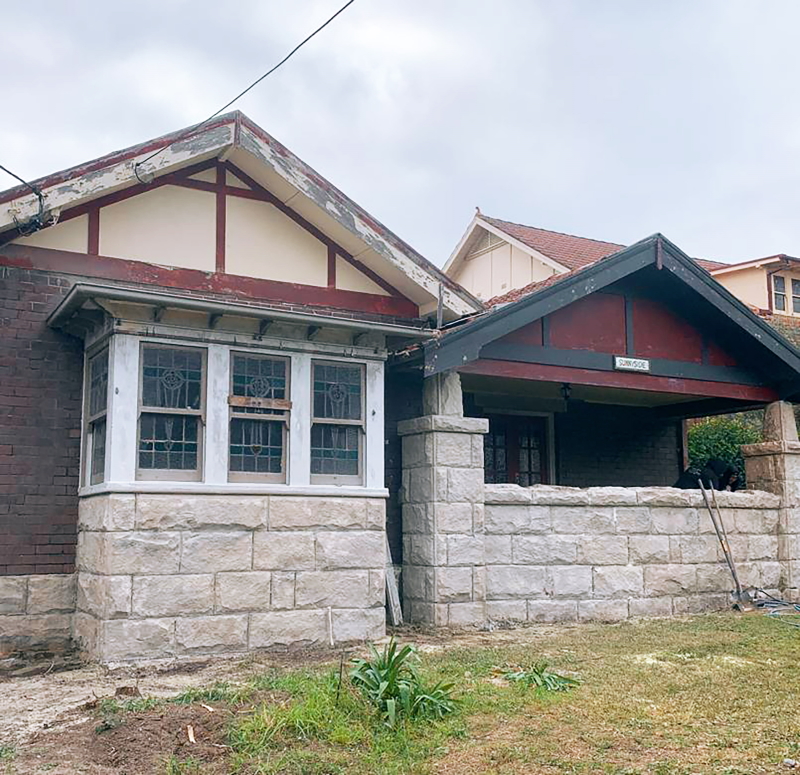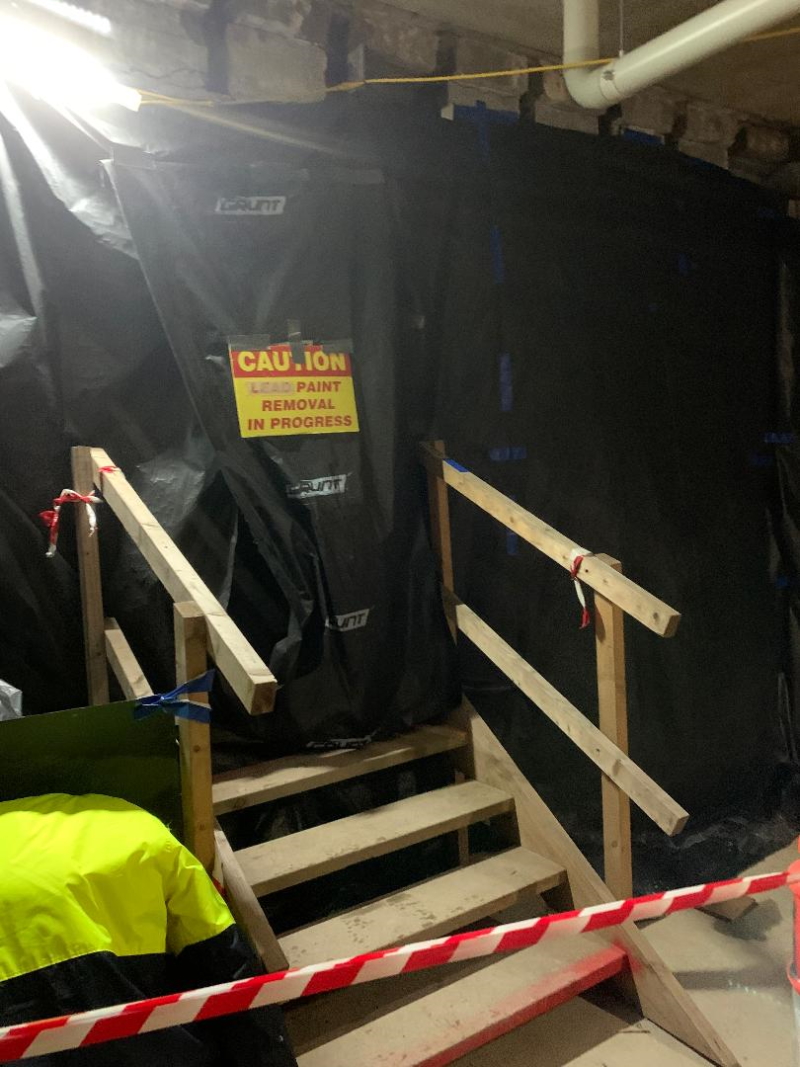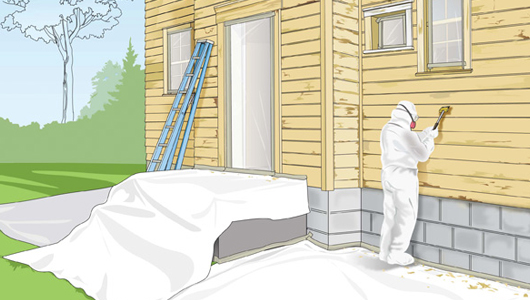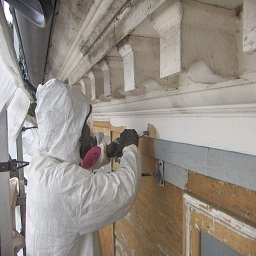Lead Paint Abatement
Lead based paint abatement is carried out according to strict State and Environmental Authority Guidelines (AS4361).
We provide a complete lead paint abatement service including the removal from site and correct disposal of the waste generated during the abatement procedure. Chain of custody documentation is provided upon disposal of the waste.
Why Is Lead Paint Abatement Necessary? Why is lead paint so dangerous?
Lead paint becomes a danger to people and animals when the paint gets damaged or disturbed. Lead is a toxic substance that can affect people of all ages, and it is especially harmful to children, pregnant women and unborn babies.
Once lead enters the body, it accumulates and can pose a health hazard over time. Home renovators are in the most danger, as lead dust and paint chips can remain in the home and garden for years after work has been completed.
Prior to 1978, lead was used as a pigment and drying agent in oil-based (alkyd) paints. Because exposure to deteriorating lead-based paint, lead contaminated dust and lead contaminated residential soil can cause serious short- and long-term illness. Lead-based paint that is peeling, flaking or chalking is also a hazard to young children who sometimes pick up and eat it. Lead-based paint can also contaminate soil and other areas around your home making it an environmental hazard.
How can I tell if my home or business has lead paint?
It is important to remember that lead based paint cannot be identified by its appearance, which is why it is important to test all surfaces and layers of paint on older properties, prior to removal. Prior to 1970, many paints contained high levels of lead, which is why it is important to test the paint on older properties. SPS can visit your property and provide you with a free lead paint test and quote.
Recommended amounts of led in domestic paint:
Prior to 1965: 50%
1965 to 1992: 1%
1992 – 1997: 0.25%
1997 – Now: 0.1%

